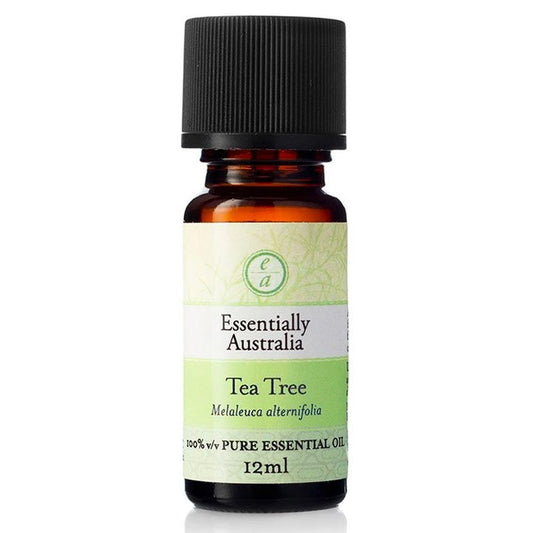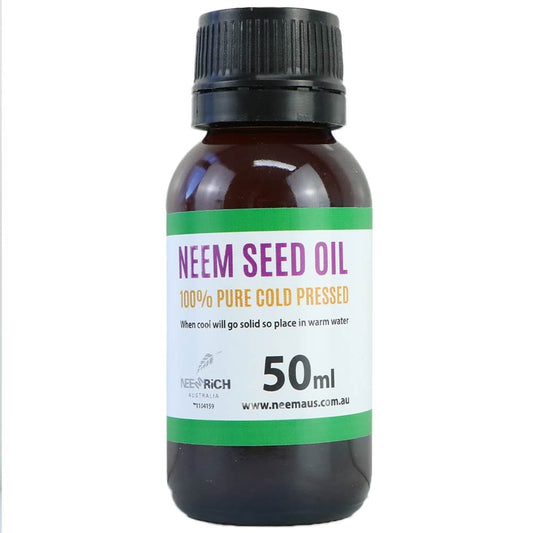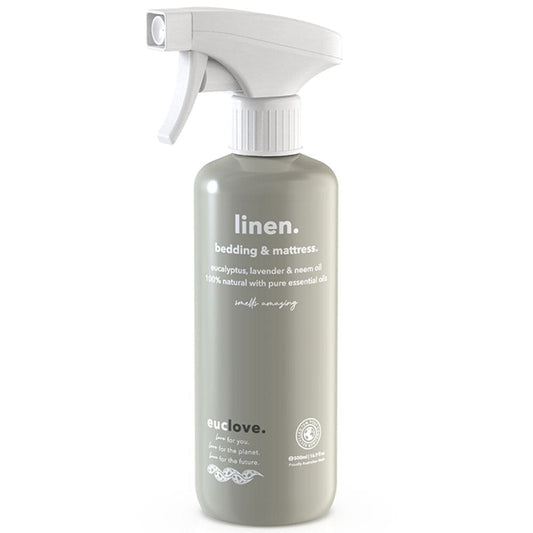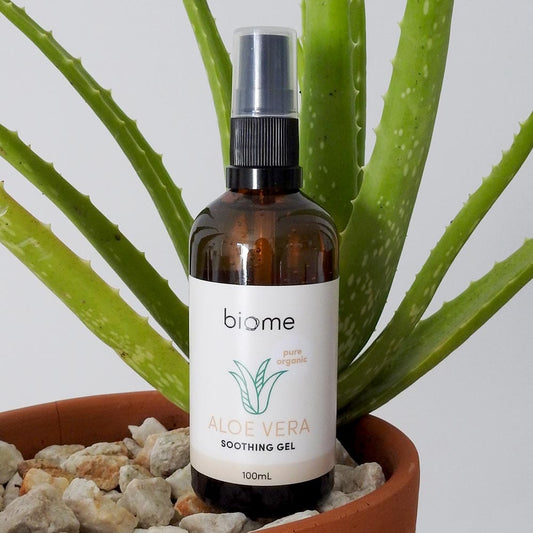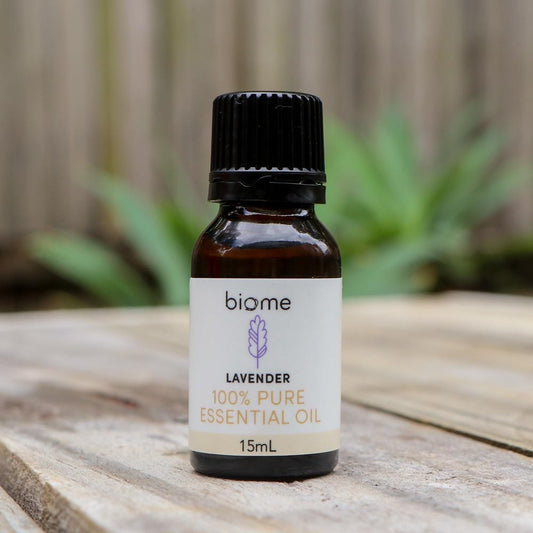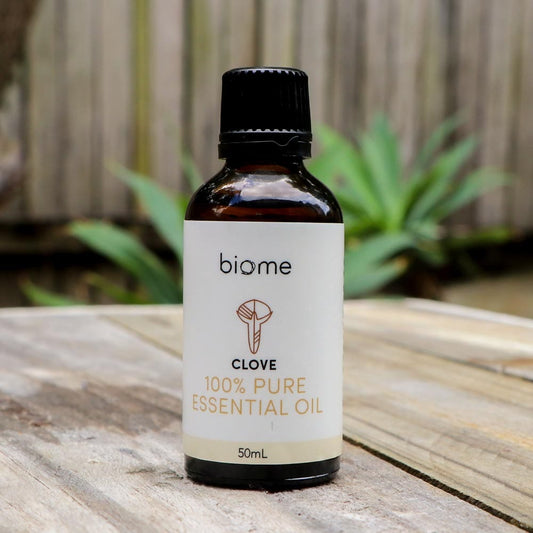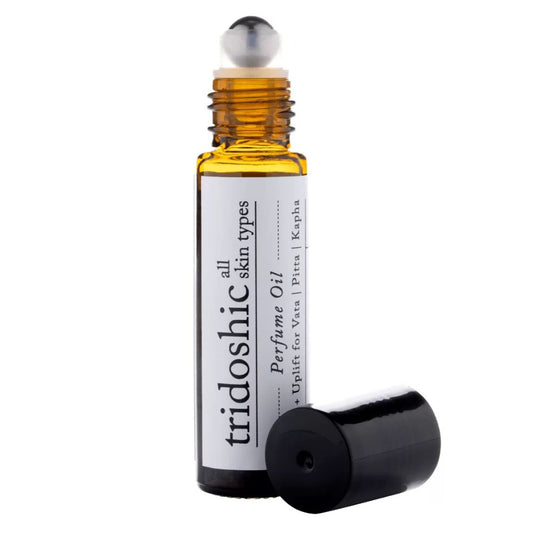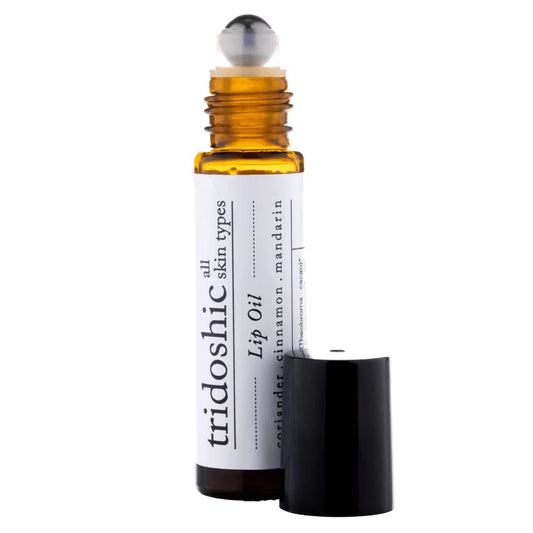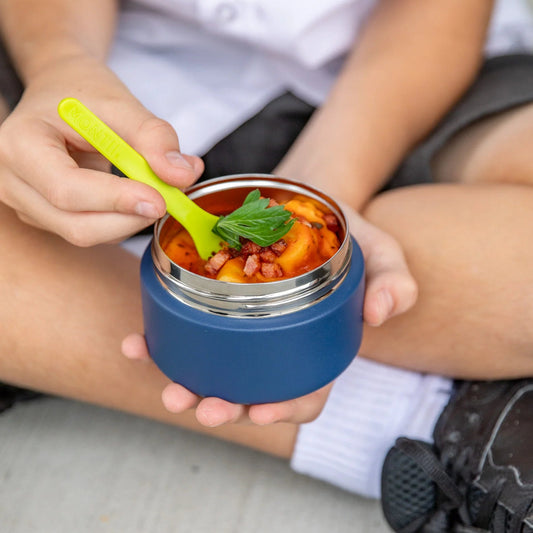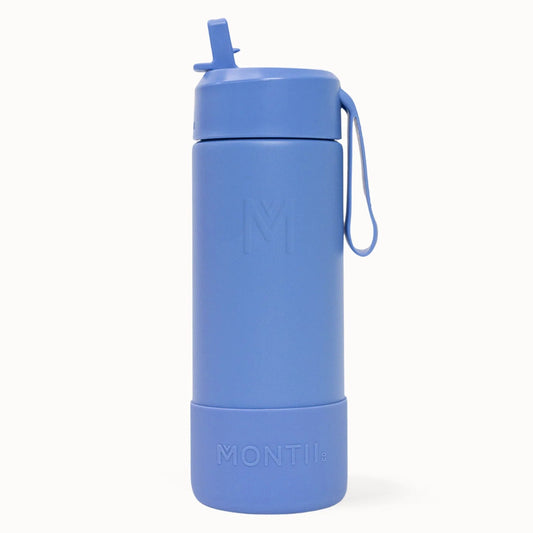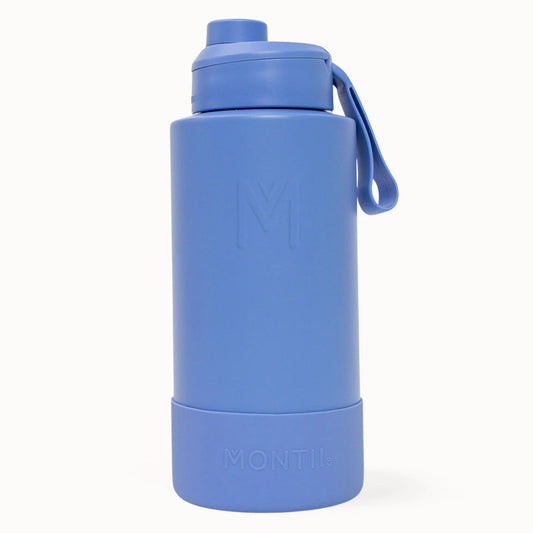
Scabies, a highly contagious skin condition caused by the tiny mite Sarcoptes scabiei, can turn your skin into a battleground of relentless itching and discomfort. While seeking medical advice is crucial for proper diagnosis and treatment, there’s room for complementary natural remedies to help alleviate symptoms and support your healing journey. Remember, these remedies are not a substitute for professional medical guidance but rather a gentle companion in your fight against scabies.
Note: Always perform a patch test before using essential oils to check for any allergic reactions. Always consult with a healthcare professional before trying any new treatment, especially if you have underlying health conditions or are pregnant. Essential oils need to be diluted with carrier oil such as jojoba oil or coconut oil before applying to the skin.
1. Tea Tree Oil: The Mighty Mite Fighter
Tea tree oil (Melaleuca alternifolia) is a potent essential oil with antimicrobial properties. It has been used traditionally to combat various skin conditions, including scabies.
How to use:
Dilute a few drops of tea tree oil in a carrier oil (such as coconut or jojoba oil).
Apply it directly to affected areas using a cotton ball.
Repeat daily until symptoms improve.
Why it works:
Tea tree oil contains terpinen-4-ol, which has demonstrated antiscabies activity.
It helps soothe itching and reduces inflammation.
Essentially Australia's high quality steam distilled Tea Tree Oil is grown in Australia.

2. Neem: Nature’s Bug Repellent
Neem (Azadirachta indica) is a tree native to India, and its leaves, oil, and bark have been used for centuries in Ayurvedic medicine.
How to Use:
Pure Neem oil is incredibly potent.
For spot treatment (such as insect bites, scabies, acne, fungal infections, warts, or moles), you can use undiluted neem oil.
Lightly dab the oil onto the affected area using a cotton swab or cotton ball and allow it to soak in for up up to 20 minutes.
Wash off the oil with warm water.
For larger areas of the face or body or if you have sensitive skin, mix neem oil with a carrier oil.
Use equal parts of neem oil and a carrier oil like jojoba, grapeseed, or coconut oil.
The carrier oil can also help subdue the strong odour of neem oil.
You can even add a few drops of other pleasant-smelling oils like lavender to improve the overall scent.
Why It Works:
Neem has insecticidal properties and can disrupt the life cycle of scabies mites.
It helps reduce itching and inflammation.
This Euclove Bedding & Mattress Spray also contains neem oil to help deter mites in your home.
3. Lavender: Calming and Healing
Lavender Essential Oil (Lavandula angustifolia) is known for its soothing scent and calming effects.
How to use:
Add a few drops of lavender oil to your bathwater.
Mix it with a carrier oil apply to affected areas.
Why it works:
Lavender has anti-inflammatory and analgesic properties.
It promotes relaxation and better sleep, which is essential for healing.
4. Clove Oil: A Natural Numbing Agent
Clove Oil (Syzygium aromaticum) has been used traditionally for its antimicrobial and antiparasitic properties.
How to use:
Dilute clove oil in a carrier oil and apply it to the skin.
Why it works:
Clove oil contains eugenol, a compound with numbing properties that can alleviate itching associated with scabies.
It provides relief from itching and discomfort.

5. Aloe Vera: Nature’s Skin Soother
Aloe veral gel is well-known for its skin-healing properties.
How to use:
Apply fresh aloe vera directly from the leaves of the plant, or use a natural aloe vera gel.
Why it works:
Aloe vera soothes irritated skin, reduces inflammation, and promotes healing.
A study published in the Indian Journal of Dermatology found that aloe vera gel effectively reduced itching and inflammation associated with scabies.
It also helps prevent secondary bacterial infections.
How to do a skin patch test with essential oils
Before using neem oil or essential oils, perform a patch test on a small part of your arm - especially before you apply them over a large area.
Look for any signs of an allergic reaction, such as redness or swelling.
If no adverse reactions occur within 24 hours, it should be safe to use on other areas of your body.
References:
- Tea tree oil: https://www.ncbi.nlm.nih.gov/pubmed/22998411
- Neem: https://pubmed.ncbi.nlm.nih.gov/18656863/
- Aloe vera: https://www.ncbi.nlm.nih.gov/pmc/articles/PMC2763764/
- Clove oil: https://www.ncbi.nlm.nih.gov/pmc/articles/PMC3819475/
MORE READING


